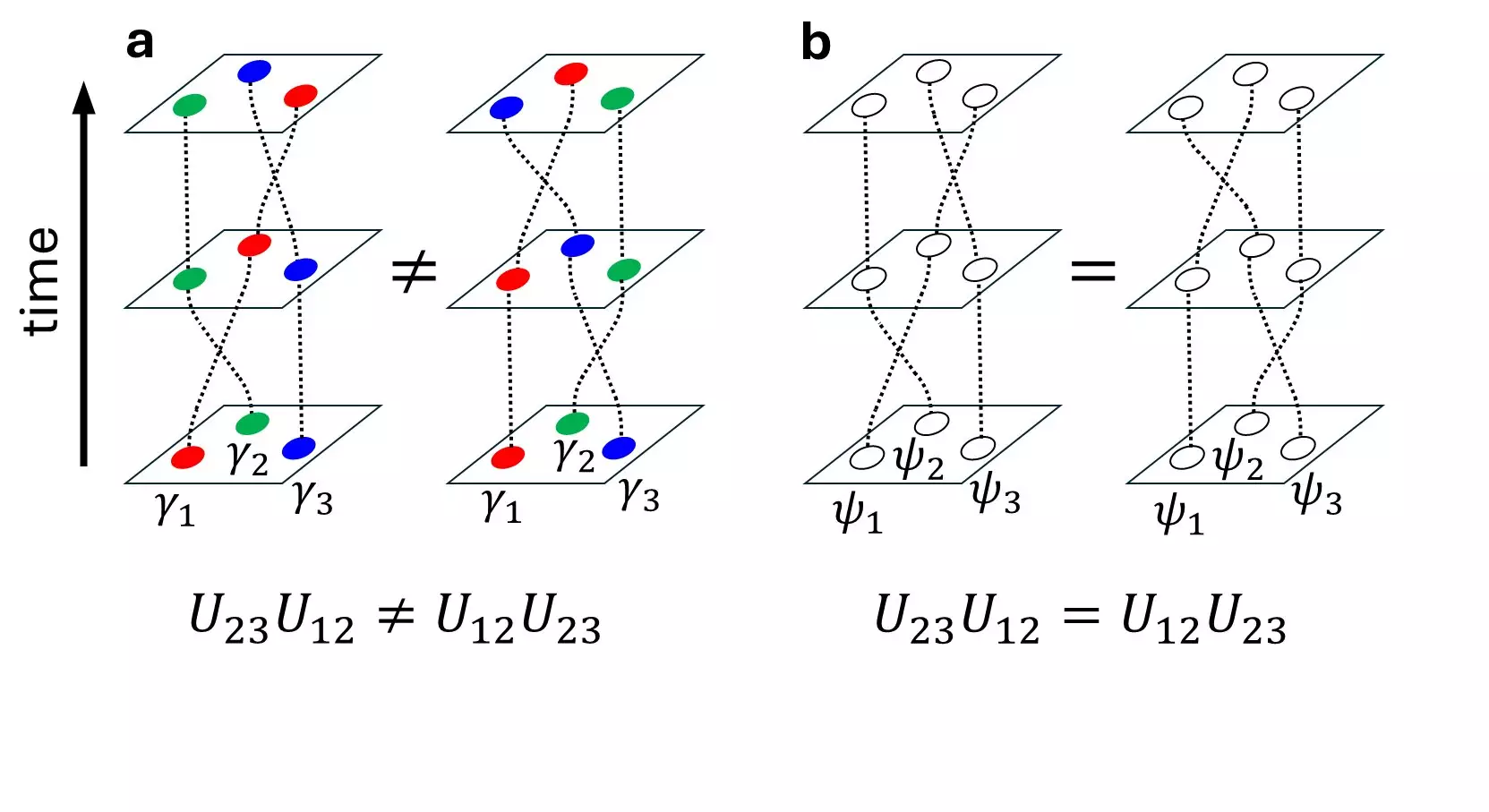The quest for robust quantum computers has taken a significant leap forward with the recent discovery of multiple Majorana zero modes (MZMs) in a single vortex of the superconducting topological crystalline insulator, SnTe. This groundbreaking research, spearheaded by Prof. Junwei Liu from the Hong Kong University of Science and Technology (HKUST) alongside notable collaborators from Shanghai Jiao Tong University (SJTU), has been published in the prestigious journal *Nature*. The findings represent a major advancement in the field of quantum computing, heralding new possibilities for constructing fault-tolerant systems that utilize the unique properties of MZMs.
Majorana zero modes are intriguing quasiparticles that occupy a unique position in condensed matter physics. Unlike conventional particles, MZMs obey non-Abelian statistics, which enables complex braiding configurations. This peculiarity is vital as it lays the groundwork for topological quantum computing, where information is stored in the braiding of these non-Abelian particles rather than in physical states. The ability to braid MZMs in a fault-tolerant manner enhances their resilience against environmental noise and local disturbances, making them an ideal candidate for future quantum applications.
Despite their potential, the road to manipulating and braiding MZMs has been fraught with challenges. The requirement of spatial separation between these modes limits the effectiveness of braiding operations, necessitating precise movements that are difficult to achieve in practice. The groundbreaking work by the collaborative team offers a fresh perspective by leveraging crystal symmetry, thereby circumventing many of the existing obstacles in MZM manipulation.
The research team’s innovative approach centers on the exploitation of magnetic-mirror-symmetry-protected MZMs. By focusing on the crystal symmetries inherent in SnTe, they demonstrated for the first time the hybridization of multiple MZMs within a single vortex without necessitating real space movement or reliance on strong magnetic fields. This represents a pivotal advancement, as traditional methods often fell short in efficiently managing the intricate dynamics required for MZM braiding.
Using a combination of advanced techniques—including low-temperature scanning tunneling microscopy, high-quality sample growth, and integrated theoretical simulations—the researchers identified significant shifts in the zero-bias peak of SnTe/Pb heterostructures. These shifts serve as strong indicators of MZMs, affirming the effectiveness of their framework in studying these elusive particles.
The interdisciplinary nature of the research consortium stood out as a key factor in achieving this landmark discovery. The collaboration between theoretical physicists at HKUST and experimentalists at SJTU provided a comprehensive framework for understanding and exploring MZMs deeper than ever before. By utilizing the kernel polynomial method, the theoretical team successfully simulated vast vortex systems with hundreds of millions of orbitals, pushing the boundaries of what is achievable in theoretical modeling.
The experimental outcomes showcased substantial evidence of anisotropic responses to tilted magnetic fields, confirming the presence of crystal-symmetry-protected MZMs. This meticulous approach not only validated the theoretical predictions but also opened up new avenues for detecting and manipulating these zero modes, significantly enhancing the prospects for quantum computing applications.
The ramifications of this study extend far beyond the laboratory. The findings lay the groundwork for future experiments aimed at demonstrating non-Abelian statistics and constructing new types of topological qubits and quantum gates. By harnessing the unique traits of crystal-symmetry-protected multiple MZMs, the research team has propelled the discourse around topologically protected quantum states to new heights.
As research continues in this promising field, the synchronization between experimental and theoretical efforts will be pivotal. The insights gained from crystal symmetry applications will likely shape future strategies for quantum computation, bringing us closer to realizing the full potential of fault-tolerant quantum systems.
This latest research encapsulates a pivotal moment in the realm of quantum mechanics, offering a fresh outlook on the realization of stable quantum computers. As researchers continue to untangle the complexities of Majorana zero modes, the future holds tremendous promise for building the foundations of a quantum revolution. With the integration of innovative methodologies and collaborative efforts across institutions, the dream of crafting fault-tolerant quantum technologies seems ever closer to fruition.

